
- •Unit 1 modern construction
- •Text 1 modern construction materials
- •Give the English equivalents for the Russian words and word combinations.
- •Divide the words and word combinations in the box describing construction materials into groups.
- •What is each construction material used for? Match the words as it is given in the example.
- •Cement Steel Timber
- •Speak briefly about each construction material (from task 3) using the plan:
- •Listen to the dialogue and fill in the gaps. Act out the similar dialogue with your information (see Teacher’s manual).
- •Read the text. Ferro-cement
- •Text 2 types of construction
- •Match the terms of the text with their Russian equivalents.
- •Match the terms with their definitions.
- •Watch the video about Five Mega Construction projects. Fill in the inquiry of each project. What type of construction do these projects belong to?
- •Give your associations with the topic “Modern Construction”. Compare them with your partner.
- •Discussion
- •Read the text and dwell upon the importance of wood in modern home construction and designs. Give your pros and cons.
- •Project work
- •You are going to lecture for foreign students Give a short lecture on “Modern Construction” (7-10 min) using the plan:
Unit 1 modern construction
LEAD-IN
Divide the words from the box into two groups.
Timber, steel, mortar, cement, concrete, glass, sand, rock, clay, brick, gravel, wood, concrete slab |
Natural materials |
Man-made materials |
|
|
What materials are used for the construction of the buildings presented in the pictures?
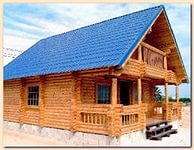
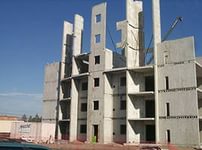
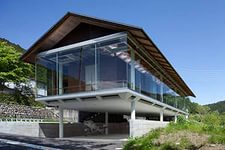
What modern construction techniques do you know?
What construction materials are used in them?
What modern construction technologies are widely used in our city?
Text 1 modern construction materials
C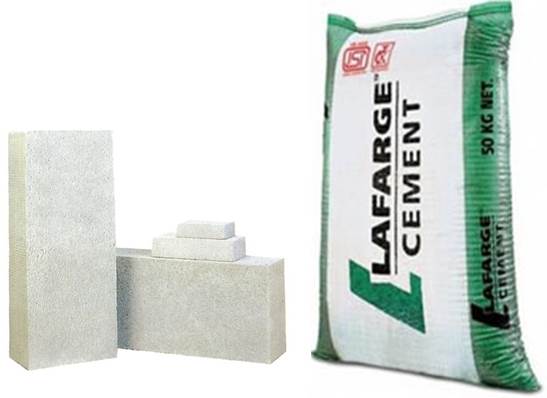 onstruction
material
is any material which
is used for a construction purpose.
Many naturally occurring substances, such as clay,
sand ,
wood and
rocks,
even twigs and leaves have been used to construct buildings. Apart
from naturally occurring materials, many man-made products are in
use, some more and some less synthetic. The manufacture of building
materials is an established industry in many countries.
onstruction
material
is any material which
is used for a construction purpose.
Many naturally occurring substances, such as clay,
sand ,
wood and
rocks,
even twigs and leaves have been used to construct buildings. Apart
from naturally occurring materials, many man-made products are in
use, some more and some less synthetic. The manufacture of building
materials is an established industry in many countries.
One of the most wide spread construction material in the modern world is cement. Nearly six billion tonnes of this very important commodity is produced every year. Cement is the main ingredient used in the production of blocks for construction works. It is combined with aggregates (sand, gravel and stones) to make concrete and used as slurry for filling cracks in all kinds of structures. It is also used for masonry work, plastering and pointing. This versatile capability allows cement to be used in all kinds of structures including buildings, bridges. dams, docks, harbours and roads.
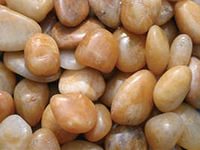 Manufacturing
cement requires a very heavy capital investment in quarries, labour,
plant and equipment. As a result, only national governments and
businessmen with deep pockets are able to set up cement manufacturing
plants. However, small scale businesses and entrepreneurs can get
involved in the cement business by joining the distribution chain.
They can be dealers who buy directly from the cement manufacturers or
major importers. Or they can be retailers who sells the product
directly to home builders and contractors.
Manufacturing
cement requires a very heavy capital investment in quarries, labour,
plant and equipment. As a result, only national governments and
businessmen with deep pockets are able to set up cement manufacturing
plants. However, small scale businesses and entrepreneurs can get
involved in the cement business by joining the distribution chain.
They can be dealers who buy directly from the cement manufacturers or
major importers. Or they can be retailers who sells the product
directly to home builders and contractors.
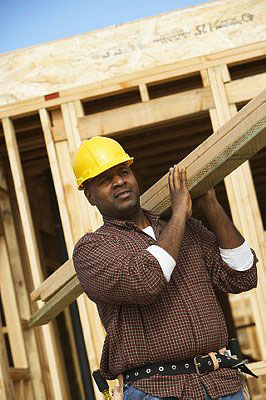 Aggregates
are
raw earth materials which have been used since prehistoric times in
building and construction. Aggregates fall into two broad categories
- coarse
aggregates (such
as crushed stones, gravel, pebbles, and granite) and fine
aggregates (usually
sand and clay). In modern construction work, aggregates are combined
with cement to produce concrete and
mortar.
Using aggregates gives volume, stability, resistance to wear or
erosion, and other desired physical properties to all kinds of
structures – buildings, bridges, roads etc.
Aggregates
are
raw earth materials which have been used since prehistoric times in
building and construction. Aggregates fall into two broad categories
- coarse
aggregates (such
as crushed stones, gravel, pebbles, and granite) and fine
aggregates (usually
sand and clay). In modern construction work, aggregates are combined
with cement to produce concrete and
mortar.
Using aggregates gives volume, stability, resistance to wear or
erosion, and other desired physical properties to all kinds of
structures – buildings, bridges, roads etc.
Wood is one of the oldest and most commonly used construction materials in the world. Despite the growing threat of deforestation, wood has remained in high demand as a building material because of its reasonable cost, availability, attractive appearance and long life (if protected from insects and moisture).
Wood used in construction work is commonly referred to as timber (or ‘lumber’ in the US and Canada). Timber is sawn into planks or poles and used as supporting materials (beams and pillars), in roof and ceiling construction, door and window frames. Timber is also commonly used in flooring, panelling and general finishing.
S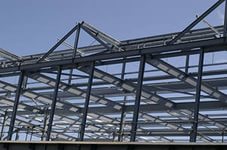 teel
is valued in modern construction for many reasons. Steel is cheap. A
strong material other than iron or concrete could now be used to
build upwards and outwards while maintaining structural integrity.
Steel only needs a very small diameter to hold a large amount of
weight, and when surrounded in a concrete form, it becomes very
strong indeed. Steel
is flexible, it’s a favourite of designers who like sweeping curves
but need to maintain strength.
teel
is valued in modern construction for many reasons. Steel is cheap. A
strong material other than iron or concrete could now be used to
build upwards and outwards while maintaining structural integrity.
Steel only needs a very small diameter to hold a large amount of
weight, and when surrounded in a concrete form, it becomes very
strong indeed. Steel
is flexible, it’s a favourite of designers who like sweeping curves
but need to maintain strength.
Steel is much better for the environment than other metals; its manufacturing is cleaner and it can be recycled easily. Steel is used in trusses, columns, beams, frames, arches and etc.
TASKS
